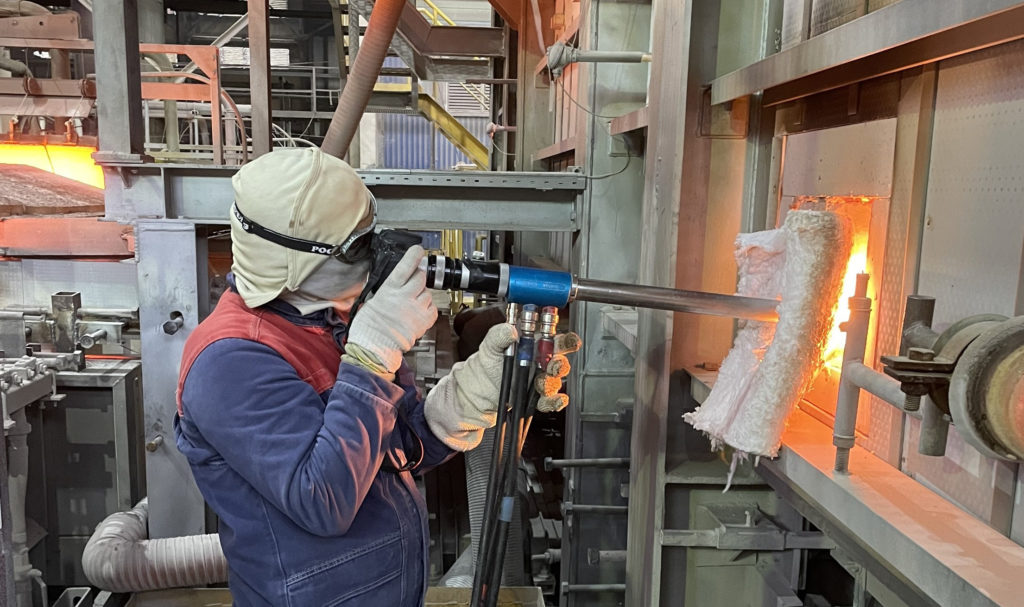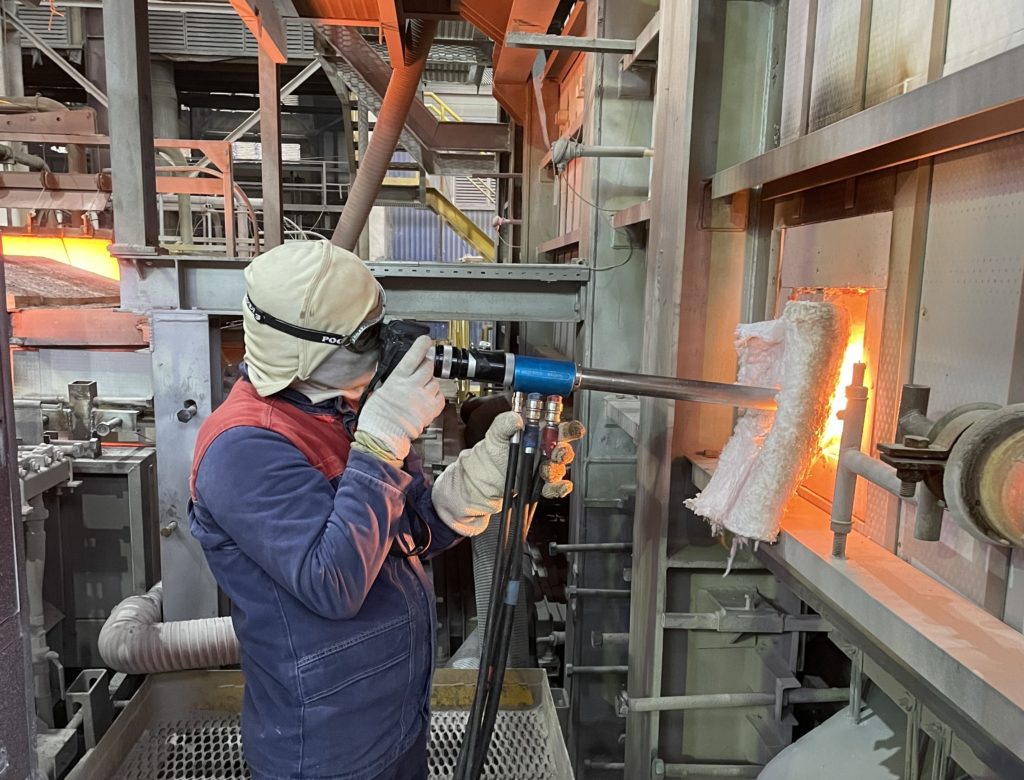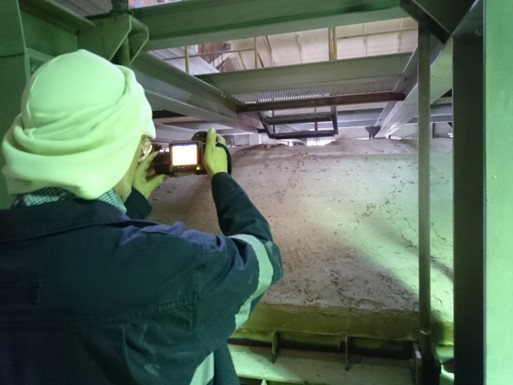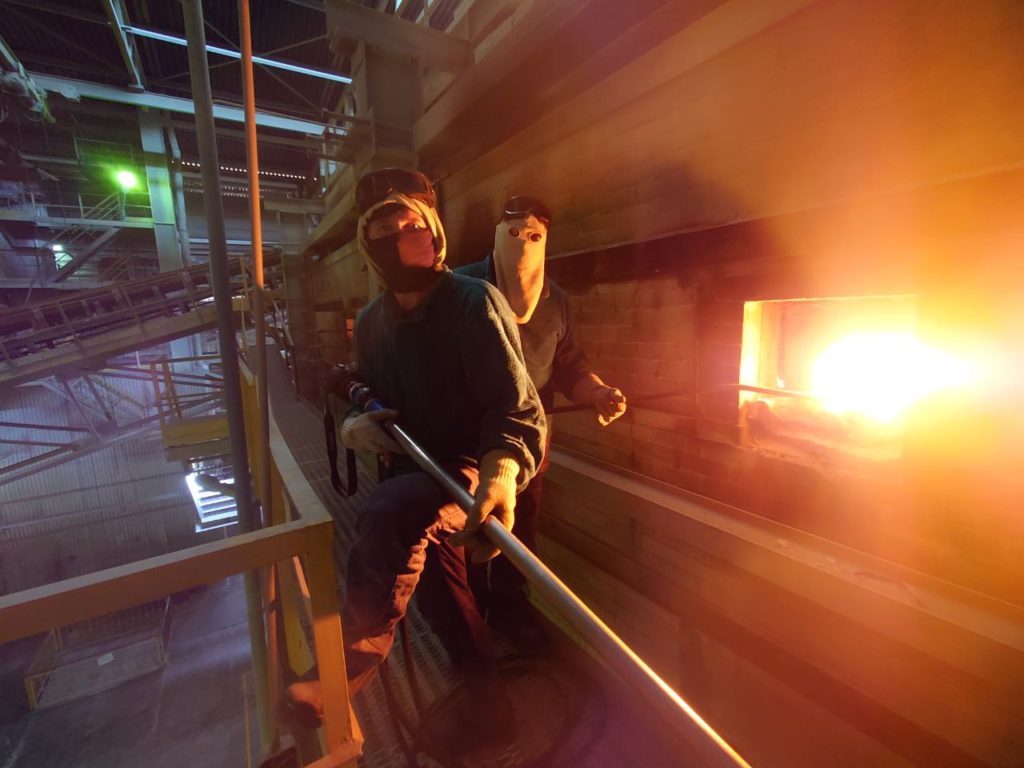We offer various types of inspections. Clients can choose any type of inspection or
receive all services as a package.
Endoscope Inspection
An endoscopic inspection of the furnace is a procedure that allows assessing the current condition
of the furnace’s interior lining. It is usually performed once a year to analyze changes
occurring in the furnace and to forecast both cold and hot repairs.
We perform inspections using our endoscope, which provides high-quality images of the furnace’s internal structure.
Thermal Imaging
This inspection is conducted using a specialized camera that identifies “hot spots” in the furnace.
The inspection is performed from the outside of the furnace.
OUR SPECIALISTS AND QUALIFICATIONS
To provide furnace inspection services, our company collaborates with specialists with global experience.
The primary consultant is Mr. Joe McIntosh, who in recent years has served as the Director of Fosbel’s Glass Division
and was the CEO of its Russian branch.
EQUIPMENT
The equipment required for inspection work is stored in Russia. Readiness to depart for an inspection is the next day.
Endoscope and Safety Station
On our projects, we use a foreign-manufactured endoscope, capable of producing high-quality images,
unlike Russian counterparts with built-in video cameras. Our endoscope is connected to a DSLR camera,
enabling the capture of high-resolution images of the furnace’s internal structure.
Thermal Imager
We use a thermal imager from FLIR, a leading manufacturer in this field.
OUR ADVANTAGES
- We collaborate with the global leader in furnace endoscopic and thermal imaging inspection,
Fosbel, the company that developed the ceramic welding method. This partnership allows us to use Fosbel equipment
and personnel trained at Fosbel in Germany on our projects. - Endoscopic and thermal imaging inspections and report preparation are overseen by Mr. McIntosh,
a Fosbel specialist with extensive experience worldwide, including in Russia. - Reports are prepared in both Russian and English according to Fosbel standards,
helping clients collaborate with international equipment and refractory suppliers. - On our projects, we use European-made equipment that surpasses Russian counterparts by providing
high-resolution images for better detail. This is achieved using a DSLR camera connected to the endoscope.





